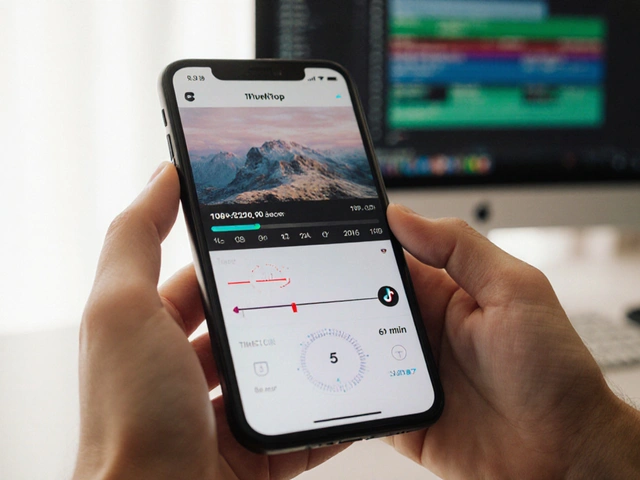Hot vs Cold Wallet: Understanding Crypto Storage Choices
When talking about hot vs cold wallet, a hot wallet is an internet‑connected crypto storage solution, while a cold wallet stays offline to keep funds safe. Also known as online vs offline wallet, it directly influences how quickly you can move assets and how exposed they are to hacks.
Both types belong to the broader category of cryptocurrency wallet, a tool that lets you manage digital coins by storing public and private keys. The private key, a secret alphanumeric code that unlocks control over your crypto sits at the heart of security: lose it, lose the funds. A hot wallet usually embeds the private key in software, making it easy for daily trades but vulnerable to malware. In contrast, a cold wallet keeps the private key on a physical device—think hardware wallet, a dedicated gadget like Ledger or Trezor that stores keys offline—so hackers can’t reach it over the internet. For occasional swaps, a software wallet, an app or web service that holds keys on a connected device offers convenience, though it demands strong passwords and two‑factor authentication. The choice hinges on how frequently you move crypto (hot wallets enable fast transactions) versus how much you want to protect (cold wallets provide long‑term security).
Why the distinction matters for everyday users
Knowing the trade‑off helps you avoid common pitfalls. If you store large sums in a hot wallet, remember it’s exposed to network attacks; regular backups and multi‑signature setups can mitigate risk. Cold wallets, while safer, add steps when you need quick access—connecting the device, entering a PIN, and confirming a transaction. Most savvy users keep a small hot wallet for daily needs and stash the bulk of their holdings in a cold wallet. This hybrid approach balances speed and safety, letting you hop onto market moves without leaving your fortune vulnerable. Below you’ll find articles that break down the mechanics, compare popular devices, and give actionable tips for securing your private keys, so you can pick the right storage strategy for your crypto journey.
1
Hot Wallet Explained: What It Is and How It Works in Crypto
Learn what a hot wallet is, how it works, its security pros and cons, and when to use it versus a cold wallet.
Latest Posts
Popular Posts
-
 How to Cancel Paramount+: Step-by-Step Guide
How to Cancel Paramount+: Step-by-Step Guide
-
 Paramount+ with Showtime vs. Peacock Premium vs. ESPN+: Which Sports Add-On Fits Your Viewing Habits?
Paramount+ with Showtime vs. Peacock Premium vs. ESPN+: Which Sports Add-On Fits Your Viewing Habits?
-
 Breakout Indies at the Box Office: How Word-of-Mouth Made These Films Blockbusters
Breakout Indies at the Box Office: How Word-of-Mouth Made These Films Blockbusters
-
 Why Subtitles Aren't Working: Fix Common Video Text Issues
Why Subtitles Aren't Working: Fix Common Video Text Issues
-
 How Roommates Can Fairly Share Wi-Fi and Streaming Costs
How Roommates Can Fairly Share Wi-Fi and Streaming Costs



